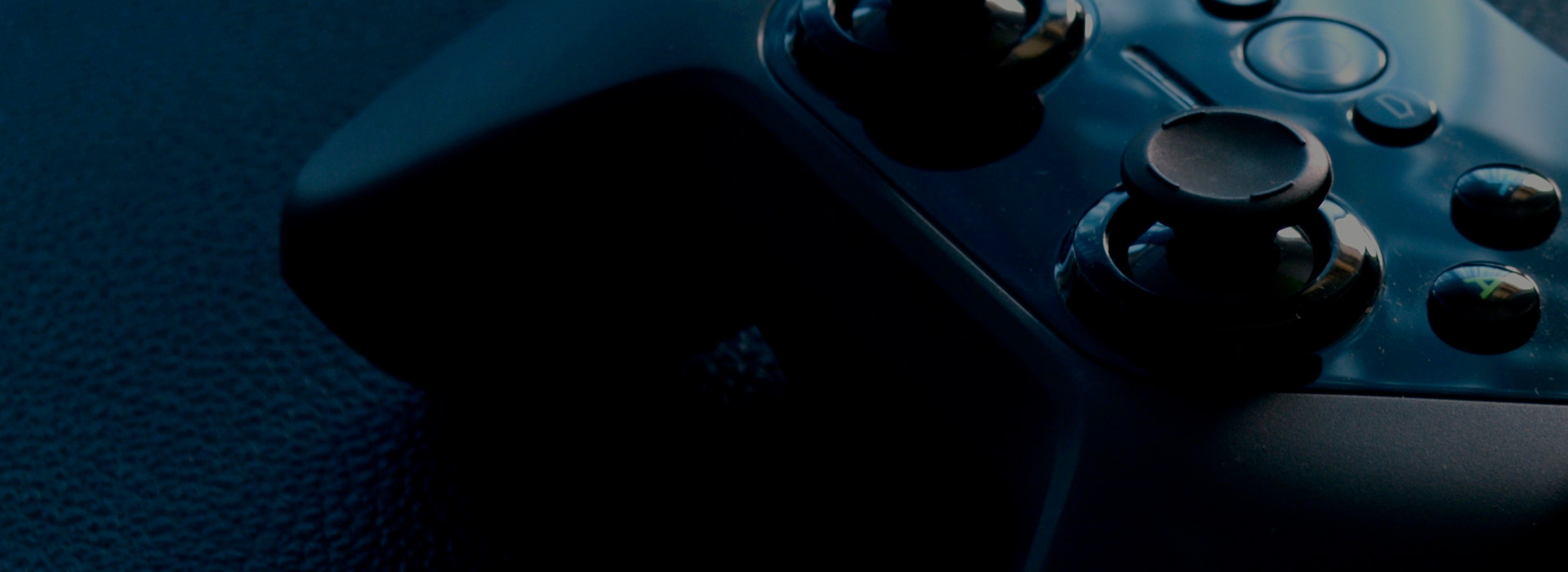Straight from the Hexagon comes a game about hexagons in space; Space Run. Falling more on the comedic side of space fiction as opposed to the more serious and dangerous, Space Run casts you as Buck Mann, renowned space trucker, as he ferries cargo back and forth across the galaxy. It’s FedEx in space but less dangerous. At least in Space Run you only have to worry about asteroids and enemy space ships.

Space Run features just the right amount of narrative with ridiculous interludes featuring back and forth spats between Mr. Mann, his android pal Adaam-12, and various other intergalactic loonies. As you progress through the game more companies will contact you with transportation work. Each of those corporations are broken out into their own categories with a list of missions each with their own rating awaiting your deft hand. These missions serve as the games framework and help give structure to the random assortment of tasks you’ll be tackling.

At its core Space Run is a tower defense game only, in this case, all of your efforts are focused on your ship as it rockets from one end of space to another. Missions consist of transporting cargo or passengers from one port to another while defending against an onslaught of enemies. A progress bar adorning the HUD makes your objective clear at all times. Making it to the other end, however, isn’t always so simple.
Every mission begins with a pre-launch sequence in which which you must strategically place your appointed cargo and other basics such as thrusters. Positioning is important here and varies per cargo with some cargo best stored in the safe center of your ship while others, such as passengers wanting a view, need to be placed along the outer hull. Your ship is compromised of a series of hexagons which increase in complexity with different missions. Once you take off you’ll need to start placing weapons, shields, generators, and more in order to guarantee your safety. Every ship or object you destroyed spits out space bucks which can be used to purchase more tools during the flight.
As you push forward through each mission it is always clear where you can expect new threats thanks to a handy indicator and timer placed around the edges of your view port. The strategy comes from figuring out where to place your offensive and defensive items and how to best spend your cash. Some weapons can be repositioned, for instance, while more powerful options can only be placed once. If you’re quick on the mouse you can make on the fly adjustments to your offense capabilities while saving money to repair damages.

As the difficulty increases so does the variety of enemies. You’ll need to constantly refresh your strategies depending on weaknesses and defenses of the enemy. Thankfully you can recycle anything on your ship and retrieve at least some of your investment. While the game starts out slowly, things heat up quickly leaving you bouncing all over your ship making constant adjustments. Due to the 360 degree nature of the action the game feels faster and more exciting than your typical tower defense game. Enemies don’t simply walk a predictable path here and reacting to it is a blast.
Space Run encourages efficient play by handing out reputation stars. Your score on each mission is determined both by how quickly you reach your goal and the condition of your cargo. If half your cargo is destroyed your reputation isn’t going to flourish. The progress bar on your HUD also shows the high-scoring times you need to beat. If you’re trajectory is faster than one of the marked times, for instance, that icon will light up letting you know that you’re currently on route to beat that time. It was surprisingly fun to return to completed missions to improve your efficiency and getting top scores.
All of this is backed up by a simple but effective audio-visual presentation. While the visual styling of Space Run isn’t going to knock your socks off, it’s still a reasonably attractive game and all important elements are clearly spelled out. Unfortunately the 3D portions are updated at just 30fps regardless of your hardware. While the design of the game certainly doesn’t require a faster frame-rate it is a curious decision that detracts a bit from the games presentation. The audio designed fares a bit better, though, with fun, if super cheesy, voice acting coming together with decent background audio.

All comments (1)
Commented on 2014-07-03 03:50:25